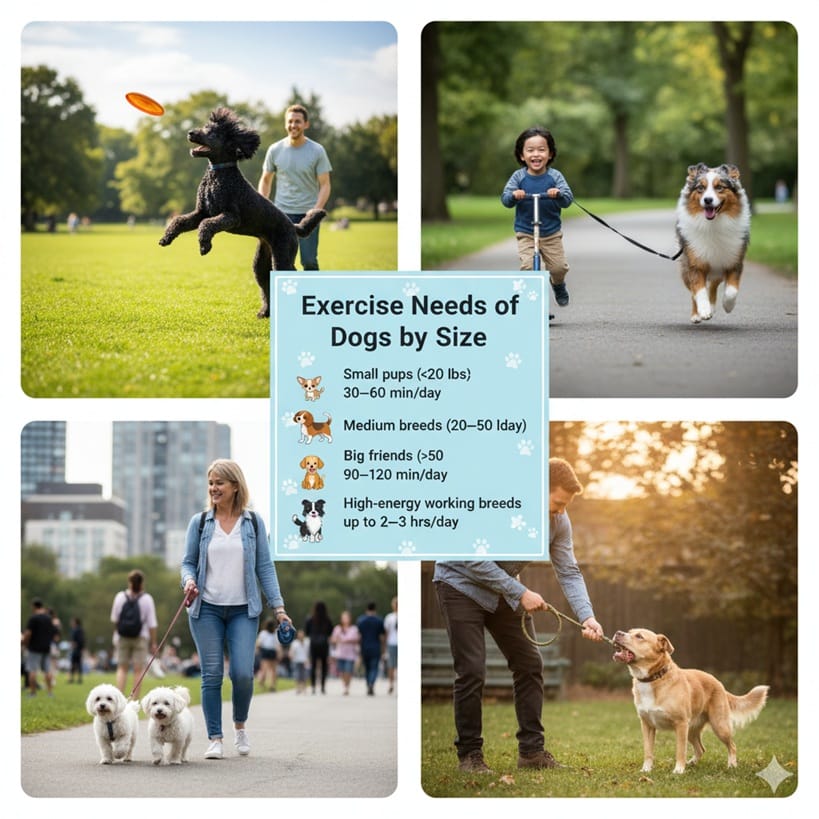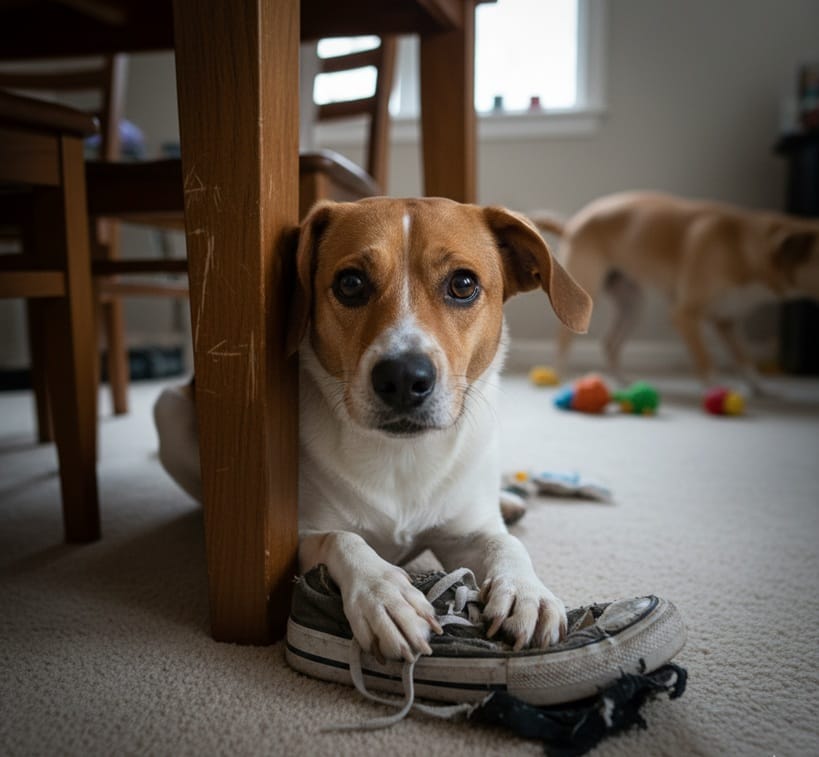Well, keeping a pet isn’t an easy task. We at Dreamy Mammals clearly understand it. Are you looking for the best way to provide a friendly and comfortable environment for your dogs and puppies?
You have come to the right place. Right from the essential daily care to understanding what exactly goes on in your dog’s head, we will try to cover everything about the best dog care. We will help you with everything you need to know – with no vet degree needed.
The Basic Dog Care
Well, we will begin with the basic dog care. This should help you with the daily life of your dog, how to feed it and groom it for better health.

Daily life with your dog
How much exercise does your dog need every day? Ideally, as per a PDSA blog, most of the dogs need at least 30 minutes to two hours of daily walking and play. This can include leisurely walks, quick fetch sessions and the game of tig of war in the backyard.
These walks and exercises aren’t just meant as a means of fun. These activities help your dogs to sharpen their mind, kill their boredom, and get rid of excess weight.

-
Small pups (<20 lbs): 30–60 min/day
-
Medium breeds (20–50 lbs): 60–90 min/day
-
Big friends (>50 lbs): 90–120 min/day
-
High-energy working breeds: up to 2–3 hrs/day
Feeding your dog
Feeding your pet dog can be overwhelming at times. Most of us tend to buy food from the market without giving much thought to the ingredients and nutrients. It has been observed that most of the Kibble food is not suitable for your pet dog. Some experts claim that raw food is the right choice for dogs as it resembles the natural needs of your pet. However, there are a few concerns that make raw meat unsuitable for domesticated canines.
As per AFFCO, the right diet for your dog should balance proteins (18–25%), fats (8–15%), carbs (30–60%), plus vitamins, minerals, and plenty of fresh water. Puppies may need more protein and calories. Adult dogs adjusted portions for joint strength.
-
Protein: ≥18% for adults; ≥22.5% for pups
-
Amino acids: 10 essentials like lysine and methionine
-
Fatty acids: Omega-3 & 6 for a shiny coat
-
Water: Always within paw’s reach
Pampering – Grooming and Dental Care
Grooming your pet dogs is not that easy and simple. It involves bathing, nail care and of course, brushing. All that should indeed make grooming a real game!
Here are a few tips that can be helpful in the long way –
-
Brush long coats daily; short coats weekly.
-
Bath every 4–6 weeks (or when your pup rolls in something… questionable).
-
Trim nails every 2–3 weeks.
-
Clean ears weekly.
-
Brush teeth daily or at least three times a week to dodge nasty gum disease.
Proper brushing should go a long way in reducing the fishy smell from your dog’s mouth.
Dog Health & Aging
Well, having gone through the regular care of your dog, you would definitely be interested in taking care of aging and proper health of your dogs and puppies.
Plan the vet visits
According to AAHA reports and recommendations, your pup’s healthcare routine should include annual checkups for adults and twice-yearly visits once they hit senior status (around 7+ years). Early detection is the best prevention!
-
Small breeds: 8–11 yrs
-
Medium: 8–10 yrs
-
Large: 8–9 yrs
-
Giants: 6–7 yrs
Golden Years Care
As the years add up, your dog’s metabolism, joints, and eyesight might need extra support. Watch for weight swings—too heavy or too thin both spell trouble—and talk to your vet about diets tailored for aging joints and brains.
According to Blue Pearl Pet Hospital, you should take care of the following health issues in your dogs –
-
Vision issues: cataracts, glaucoma
-
Arthritis: stiff joints, slower walks
-
Cognitive changes: confusion, restlessness
-
Dental decline: gum disease
The Eye Health
Notice cloudy eyes, bumping into furniture, or hesitance on stairs? Those could be signs your dog’s vision is slipping. Diabetes in dogs often leads to cataracts, so keeping blood sugar in check is key.
-
Cloudiness in pupils
-
Bumps into objects
-
Unease on stairs
-
Red or irritated eye
The Dog Behaviour and Emotions
Well, this is quite a complicated aspect of proper dog care. How can you understand what is going on in that small brain of your pet dog?

Believe it or not, dogs can read your face, feel your mood, and even share your stress. When you smile, they smile back—well, in their own wag-filled way—thanks to oxytocin, the same “love hormone” that bonds human parents and babies, says research published in PNAS.
Can dogs understand the language you speak to them? You would be happy to understand that your dog can understand most of the phrases that you talk to them. However, more than the language, your pet dog follows the tone and body language.
In fact, the communication between you and your dog should be bidirectional. Just the way you expect your dog to understand your language, you should equally try to understand their body language.
-
Sit
-
Stay
-
Come
-
Leave It
-
Down
Easing Anxiety & Barking Fits
Is your dog barking at shadows, redecorating your shoes, or pacing like they’ve got ants in their paws? Anxiety could be the culprit. PetMD suggests that pet owners set up a calm routine, enrich their environment with puzzle toys, and seek professional help if needed. In stubborn cases, vets may recommend mild medication.

-
Consistent daily routines
-
Interactive toys & games
-
Safe, cozy spaces
-
Professional trainers or behaviorists
-
Vet-prescribed meds for extreme anxiety
With these tips in your pocket, you’re ready to pamper, nourish, and understand your dog like never before. Sprinkle in those internal links to your bath time, treats, senior care, anxiety, eye health, barking, and empathy articles—your readers (and their pups!) will thank you for it. Happy tails ahead!
Your Journey to Better Dog Care Starts Now
Caring for your dog doesn’t have to feel overwhelming when you break it down into manageable pieces. Whether you’re dealing with a rambunctious puppy who needs structure, a middle-aged pup requiring consistent health monitoring, or a senior dog deserving extra comfort and care, the key is staying consistent and observant.
The most important takeaway? Building a strong relationship with your dog is about more than just meeting their basic needs—it’s about understanding their emotions, respecting their individual personality, and creating a bond built on trust and positive experiences.
For more detailed guidance on specific topics mentioned in this guide, explore our related articles on bath time techniques, choosing the right treats, managing dog anxiety, senior pet care, maintaining eye health, understanding barking behaviors, and building emotional bonds with your dog.




Add Comment